A new species of prehistoric crocodile ate lizards
The new species of crocodiles dates back to the Cretaceous period, when most known dinosaurs roamed the Earth. And his last meal was reportedly a young dinosaur.

Scientists in Australia have discovered a new species of crocodiles whose last meal was a dinosaur.
Some of the crocodile fossils were partially crushed, but the researchers noticed that inside there were many small bones that belonged to another animal. Researchers from the Australian Age of Dinosaur Museum identified these smaller bones as belonging to a dinosaur, in their findings published in the journal Gondwana Research.
The freshwater crocodile, named Confractosuchus sauroktonos, meaning «broken dinosaur killer», was more than eight feet tall in length. Researcher Matt White says it could grow much larger. Scientists are not sure how the prehistoric crocodile died.
About 35 percent of the ancient animal has been preserved. It was missing a tail and limbs, but had an almost complete skull. The researchers then used X-rays and CT scans to figure out what bones were inside the remains.
The findings revealed that the remains belonged to a 4-pound baby ornithopod, a group of plant-eating dinosaurs that included duck-billed creatures. The remains were also the first of their kind found in Australia, suggesting it is a recently discovered species.
What was left in the crocodile's stomach was one of the ornithopod's femurs «cut in half» and the other had a bite so severe it was left with teeth marks. This led the researchers to conclude that the crocodile «either directly killed the animal or quickly destroyed it after death.»
«Although Conphractosuchus did not specialize in eating dinosaurs, it would not have missed an easy meal such as the remains of a young ornithopod , found in his stomach,” White said in an interview with CNN.
The finds are considered «extremely rare» because there are very few accurate examples of dinosaurs being hunted, and the discovery is the first evidence that prehistoric crocodiles ate dinosaurs in Australia. In August 2020, researchers discovered fossils of “terror crocodiles” that could kill large dinosaurs with teeth “the size of bananas.”
“Dinosaurs likely represented an important resource in the ecological food web of the Cretaceous period,” says White. “Given the lack of comparable specimens around the world, this prehistoric crocodile and its last meal will continue to provide clues to the relationships and behavior of the animals that inhabited Australia millions of years ago.”
Confractosuchus sauroktonos is the second crocodile to be named in honor of the valley of ancient rivers of the Winton formation. The rock bottom is home to numerous scientific discoveries that have been made in recent years, including a 96-million-year-old pterosaur discovered in October 2019.



















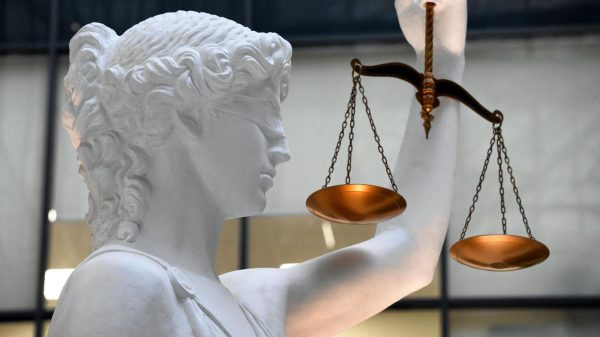
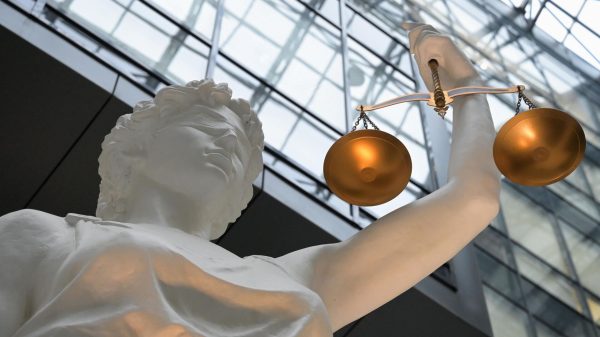



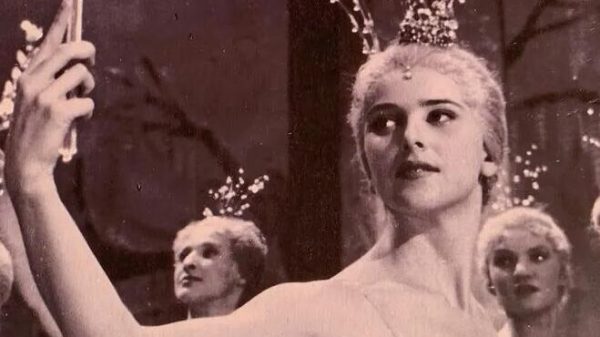




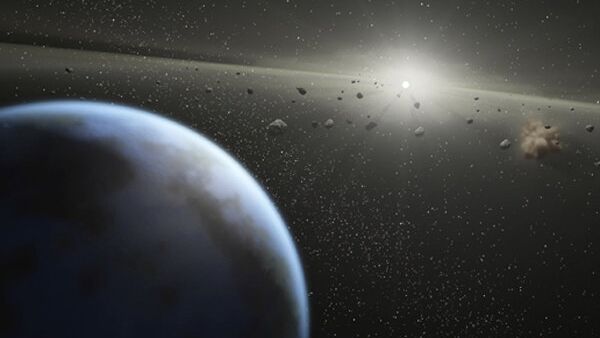
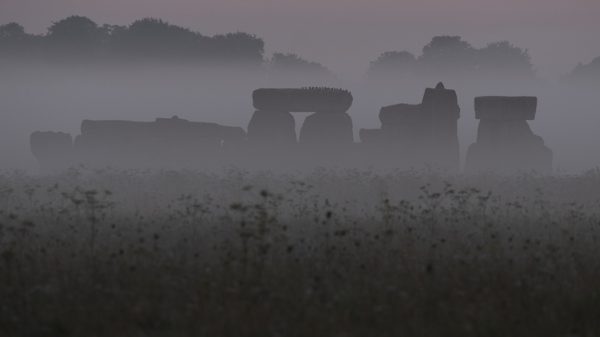
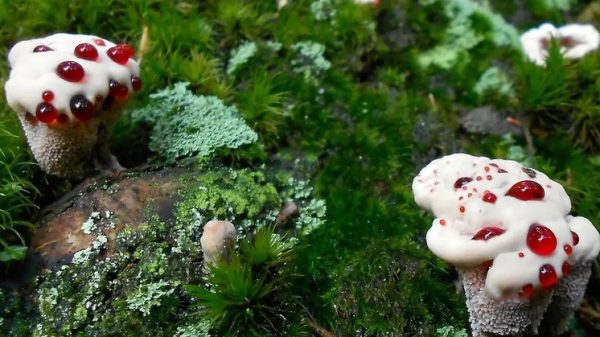

































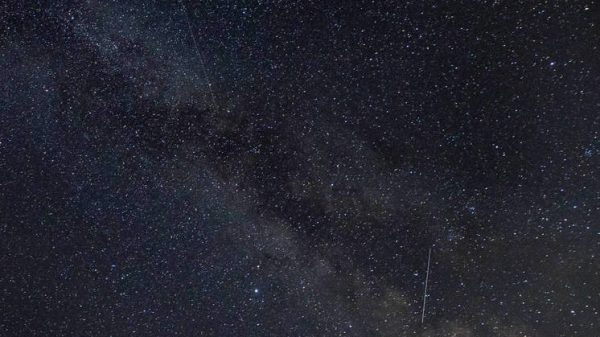


Свежие комментарии